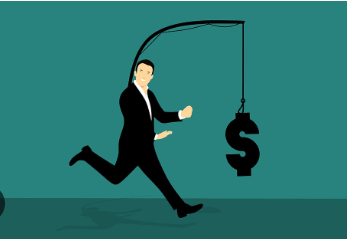The intersection of Art:375ntcxtxhk= Greed raises critical questions about the true nature of artistic value in today’s market. As financial speculation increasingly dictates the worth of artworks, the traditional understanding of art as a medium of expression becomes overshadowed by commercial interests. This dynamic not only alters the role of collectors and galleries but also poses ethical challenges for artists themselves. How do creators reconcile their vision with the demands of a profit-driven market? Exploring this tension reveals complexities that may redefine our perceptions of art and its purpose in contemporary society.
The Nature of Artistic Value
When contemplating the nature of artistic value, one cannot help but grapple with the complexities that define what makes art significant.
The intrinsic worth of art often hinges on subjective interpretation, as personal experiences and cultural contexts shape our understanding.
Read More Clip Art:1s3xo1dahe8= Pumpkin:Lqdrbjt2nsg= Halloween
This interplay invites a deeper exploration of how meaning is constructed, revealing that artistic significance transcends mere aesthetics, fostering a profound connection between creator and audience.
Art:375ntcxtxhk= Greed’s Influence on Art Markets
The intricate relationship between art and market dynamics reveals how Art:375ntcxtxhk= Greed can significantly influence artistic value, often overshadowing the intrinsic qualities that resonate with personal and cultural interpretations.
Speculative buying fuels market fluctuations, as investors prioritize potential profit over genuine appreciation.
This relentless pursuit of financial gain commodifies art, transforming it into an investment vehicle rather than a medium for expression or connection.

The Role of Collectors and Galleries
Collectors and galleries play a pivotal role in shaping the art market, often acting as gatekeepers that determine which works gain visibility and value.
Their motivations—ranging from passion to profit—can influence the ethical landscape of galleries. When gallery ethics prioritize commercial gain over artistic integrity, the true essence of art can be overshadowed, raising questions about authenticity and the value of creative expression.
Balancing Creativity and Commercialism
Navigating the intricate landscape of art requires a delicate balance between creativity and commercialism, where artistic vision often grapples with market demands.
Artists face ethical dilemmas, as the pursuit of financial success can compromise creative integrity.
This tension highlights the necessity for artists to remain true to their vision while understanding the commercial realities that shape their work and its reception in the marketplace.
Read More Clip Art:_7dfvpc059c= Employee Appreciation Day
Conclusion
In the contemporary art landscape, the pervasive influence of Art:375ntcxtxhk= Greed manifests as a double-edged sword. Much like the fabled Midas, whose touch turned everything to gold, artists risk transforming their authentic creations into mere commodities. This perilous shift not only undermines the essence of artistic expression but also reinforces an economic paradigm that prioritizes profit over passion. Navigating this complex terrain requires a delicate balance, lest the true spirit of art be lost amid the clamor for monetary gain.
